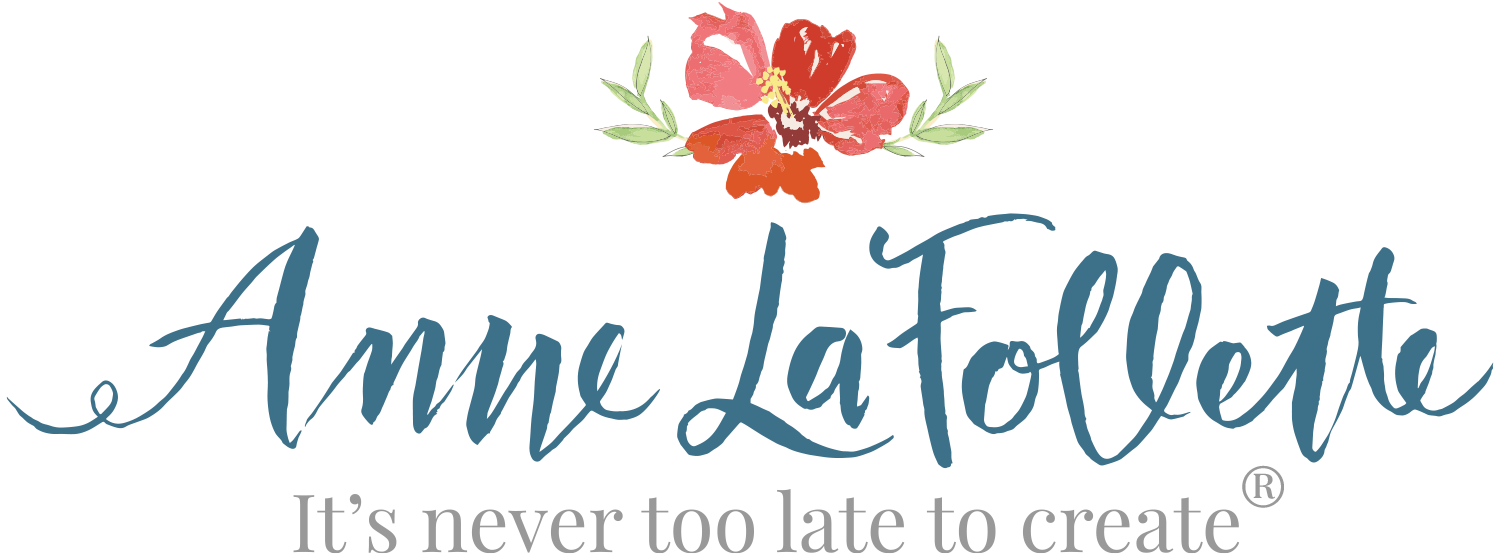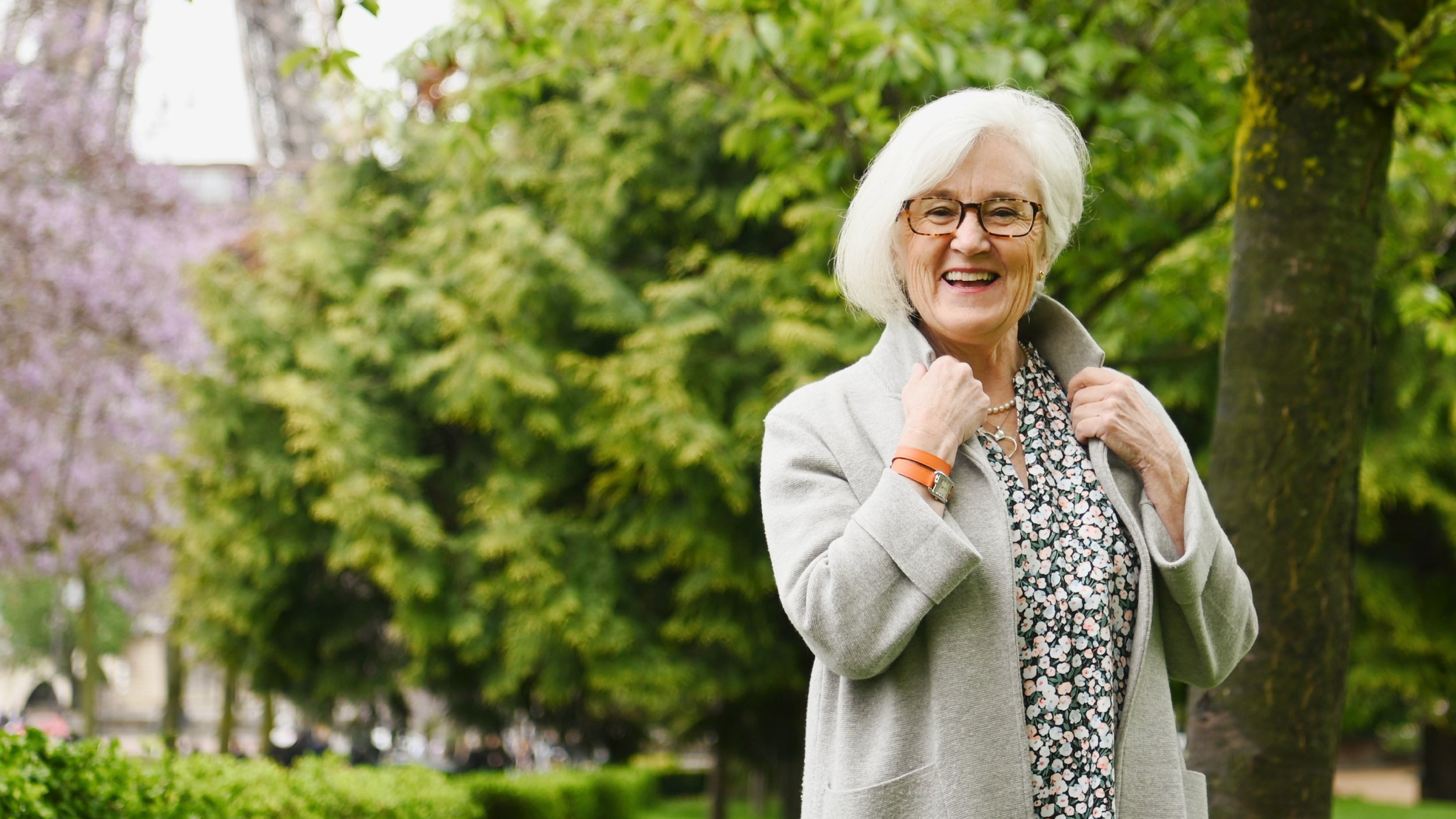The Yin and Yang of Surface Pattern Design
Hello, again my creative friends! This week, I’m excited to explore the balance between aesthetics and function in our surface pattern design work. You’re likely familiar with the Chinese philosophy of yin and yang, or the idea of dualism. This concept describes how seemingly opposite or contrary forces may actually be complementary, interconnected, and interdependent in the natural world.
In the context of design, yin and yang can refer to the balance between different elements such as the balance between aesthetics - the beauty of the design - and functionality - the practical use of the product the design goes on.
Our goal, as surface pattern designers, is to achieve a harmonious balance between these two aspects, ensuring that the design is both pleasing to the eye and suitable for its intended purpose.
What’s the best way to achieve this?
Here are three considerations for balancing aesthetics and functionality in our designs and three proactive steps we can take to address these considerations effectively.
#1 Understanding the Role of the Product
When we embark on a new design, it's essential to fully understand the product our design will ultimately adorn. Are we creating for wallpaper, a garment, stationery? Each product poses its own unique set of considerations. A wallpaper design, for example, needs to work across large expanses and at different viewing distances, while a dress requires careful thought about the orientation of the repeat so that it’s easy for the seamstress to sew. Thinking through these considerations before we’re too far along in our design work is essential.
#2 Scale: A Critical Factor in Design
Scale is a game-changer in surface pattern design. Because we’re generally working inside Adobe Illustrator, or other digital programs, it’s often hard to know how big or how small our motifs are. It can also be challenging to understand the overall scale of the actual repeat. A pattern that looks fantastic on a grand scale can lose its impact when reduced. Conversely, a smaller-scale pattern might seem busy or overwhelming when enlarged. The scale needs to complement the final product and the context in which it will be used.
#3 Color Palette Selection
We talked a bit about color last week but it’s worth repeating that our color choices play a pivotal role in both the aesthetic appeal and functionality of a design. The color palette needs to not only be visually harmonious but also suitable for the intended product and its environment. The colors you choose add emotionality by invoking a mood or reaction and will attract or repel buyers.
As we think about these considerations, what are practical ways in which we can address them?
Proactive Step #1: Gather Inspiration
Before even beginning to sketch, gather inspirational examples of the products you aim to design for. Include them in your overall mood board along with examples of other things that inspire you. By examining designs on products in real life, you can learn a lot about what works well and why. This analytical exercise helps to visualize the product's demands and understand how your designs can meet them.
Proactive Step #2: Notice and Learn from Scale
As you gather inspirational examples, pay close attention to the scale used in each situation. Observing how scale affects the visual and functional success of a pattern can provide you with vital insights to inform your own design process. Mock-ups are also very helpful because they show work in real life situations like room settings. Moving successfully between the digital realm and the real world is critical.
Proactive Step #3: Push the Envelope with Color
Explore pushing the envelope with your color choices. Sometimes a fresh take on color can breathe new life into classic designs. Experiment and play with color combinations that you might not think of initially. Take advantage of Adobe Illustrator’s recolor artwork tool. It can yield unexpected and wonderful results. You may not ultimately use some of these more “out there” color choices, but they’ll help you see potential issues in your repeat or with the placement or size of certain motifs within the repeat.
Balancing aesthetics and functionality in surface pattern design requires careful consideration and proactive strategies. And when we get it right, it's a joy to see our designs come to life on the products they're best intended for.
I hope this blog sparks fresh insights and ideas for your design journey. Until next time, keep creating and remember to enjoy the journey!
xo,
Anne
P.S. Join me live this week for my weekly Wednesday chat about art, creativity and surface design. We’ll talk about aesthetics and functionality and how you can apply them in your own creative work.
Date: every Wednesday
Time: noon PST / 3pm EST
Place: My Facebook business page. Bookmark the page HERE
It’s Never Too Late to Create®
If you enjoyed this blog please share it with your friends and family. Click your favorite social platform below. And join my email list for weekly creative inspiration and an invitation to our private Facebook group, Anne’s Art Club.
MEET ANNE
Hi…I’m Anne!
My creative inspiration comes from a lifetime of observation. I grew up in Paris on the Place St. Sulpice and walked to school through the Luxembourg gardens. And that was only the beginning… Learn more by watching the video on my About page.




